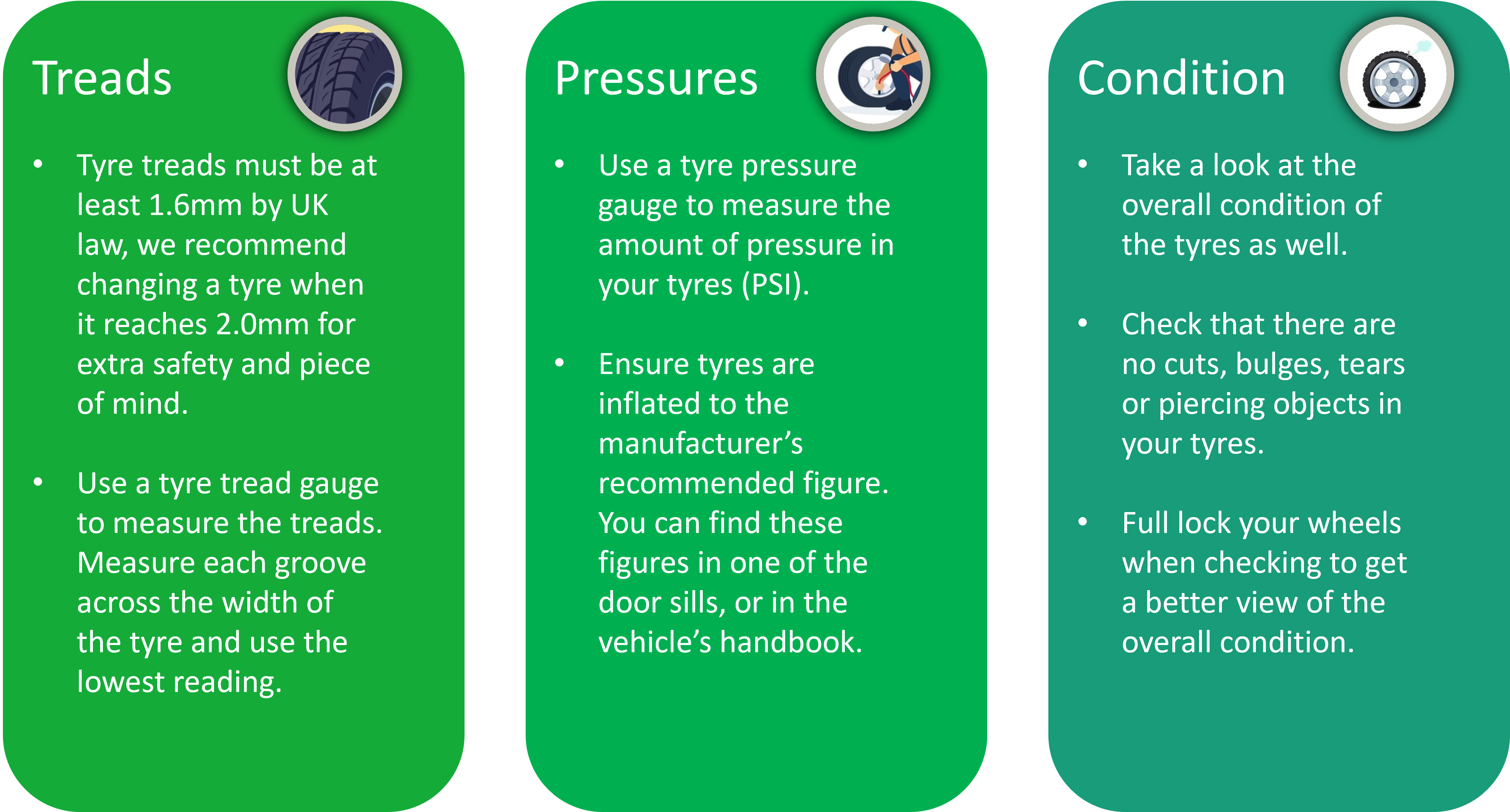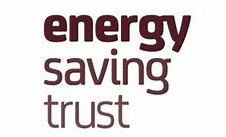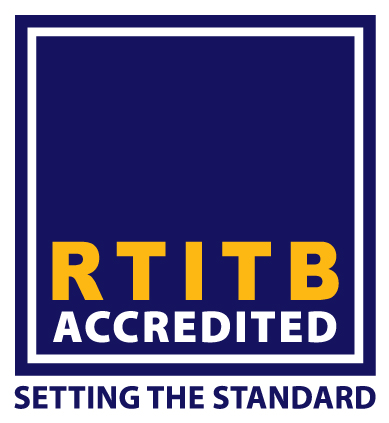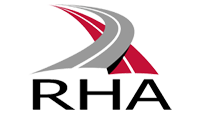Happy Easter - 2025
Dated: 17 Apr, 2025

Happy Easter to all from Fleetmaster. We hope you enjoy the holiday with your family and friends!
We are also calling on all drivers to have a Safer Easter this bank holiday weekend!
When was the last time you checked your tyres? The only form of contact your vehicle has to the road.
It is crucial you make sure your tyres are legal and safe, and below we will break down the important parts to check to make sure your wheels keep turning!
Tyre Treads
Your tyre treads are what gives you grip on the road, and it is important you do not neglect this part of the tyre.
The lower your tyre treads are, the less grip and control you have. Lower treads will also increase your stopping distance. Now imagine you are on a motorway driving at 70mph when the vehicle in front of you emergency brakes. If your tyre treads are not safe and legal, you will be trying to come to a complete stop from 70mph before hitting the vehicle in front of you, and you will be needing to do this with less grip, less control and a longer braking distance.
UK law requires that your tyre treads are at least 1.6mm, any lower than this and you are breaking the law. We would recommend you change a tyre when it reaches 2.0mm tread, this not only keeps you safer, but also the sooner you change it, the less chance of you being caught out with illegal tyres. You can be fined up to £2,500 and receive 3 penalty points on your driving licence PER illegal tyre. Now imagine if all your tyres were illegal, that is you banned from driving with potentially a £10,000 fine to pay. Ouch!
Use a tyre tread depth gauge to check your tyre treads. You should measure across the central three quarters of the tyre (check each of the grooves), and use the lowest measurement you take as that tyre’s tread figure. Tip: full lock your steering wheel so that your front tyres are sticking out and you can get better access and a better view of the treads.
Tyre Pressures
Your pressures are also important for numerous reasons.
Most dangerously, if your tyre pressures are very low there is a higher chance of you having a blowout, especially at higher speeds. That is not how you want to spend your Easter, having one of your tyres blowout on the motorway!
Low tyre pressures also cause a decrease in grip, increase in wear and tear on the tyre, an increased braking distance and less control over the vehicle.
On top of that, incorrect tyre pressures will increase fuel consumption, as the engine (or battery for electric vehicles) is having to work extra hard to keep the vehicle turning due to more of your tyres being in contact with the road. So by leaving your tyres underinflated, not only are you at higher risk of an incident, but you are also wasting money!
There can also be issues if you overinflate your tyre. When you overinflate your tyre, you cause extra wear on the central tyre treads, as the overinflation causes the outer edges of the tyre to lift up. It also leads to decreased stability and traction as you have less of your tyre in contact with the road.
Always make sure your tyres are inflated to your vehicle manufacturer’s recommended figure. You can find this information on the plate in one of the door sills, or in the vehicle’s handbook. Remember, you may find that the recommended figure for your tyre pressures may differ from the front tyres to the rear tyres, so make sure to double check you have the correct figure for each tyre. If you do not have a tyre pressure pump, most garages will have a machine that inflates your tyres, they usually don’t cost any more than £1, that could be £1 to prevent you having a tyre blowout on a motorway!
Checking for Physical Damage
You also want to check your tyres for any physical damage or pierced objects.
It is important you check for cuts, splits, bulges and pierced objects in your tyres as they can cause low tyre pressure, run-flats, flat tyres and even blowouts!
As mentioned for when you check your tyre treads, full lock your steering to one side so you can get a better and fuller view of your front tyres, and then check as much of your back tyres as you can. Consider slightly pulling the vehicle forwards and stopping to turn the wheels, so you can also view the parts of the tyres that were touching the road and hidden from view.



















